PERRY, GA — Two ag-plane evaluation flights back-to-back, what a lucky pilot I am! Earlier this year, in January, I flew the Thrush 550 powered by a PT6A-60 engine. It had plenty of get up and go, quite a machine. The Thrush 550 is an evolution of the older version of the Ayres Thrush 510, although much different and improved. Thrush Aircraft elected to no longer install the PT6A-34AG in the 550, as it was determined the 550 needed a more powerful engine to carry the extra weight and size of the aircraft.
Except for special orders, having no current production airframes with the PT6A-34AG engine presented a dilemma for Thrush Aircraft. Segments of the ag-aviation industry needed the cost effectiveness of the smaller 750 shp engine. Thrush Aircraft engineering put on their thinking caps, revisited the Ayres Thrush 510, made significant improvements and came up with an all-new “Needle Nose”; a 510-gallon Thrush with a PT6A-34AG that weighed 4,700 pounds, about 300 pounds lighter than the Ayres version!
Larry Bays, president of Thrush Aircraft, is extremely excited about this aircraft and where it will fit in the fleet of new ag-planes for sale, so much so, that he sent his brother, Jody Bays, to Perry in Chris Carranza’s (AZ) new Needle Nose Thrush for me to fly. That suited me just fine.
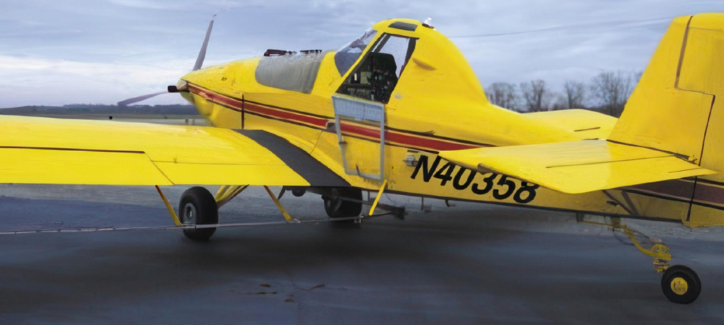
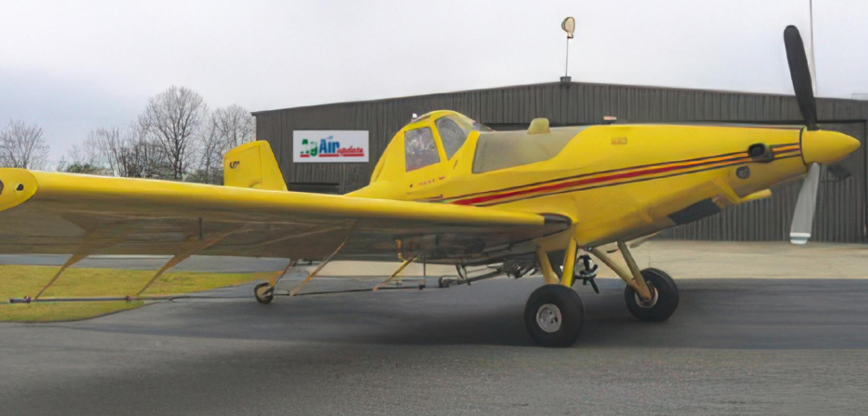
About a year ago, I flew the Thrush 550 with the –34 engine and to be honest, I was disappointed with its performance. Not true with the Needle Nose. It flew more like the 510 Ayres Thrush that I am so accustomed to, only better. It’s amazing how 300 pounds and a few aerodynamic tricks can improve the performance of an ag-plane.
I realized from the minute I added the power for take off, this was not anywhere near the same aircraft as the 550 or even the Ayres 510. Although empty, it responded very well and was light to the touch, flying like a Thrush is supposed to fly. Using typical power settings of 40 psi and 2,000 rpm, the aircraft bumped 150 mph across the field, empty. The turns were stable, like a Thrush is known for, rock solid.
I returned for a 300-gallon load. Making a maximum takeoff with 58 psi and 2,500 rpm, the aircraft climbed like the proverbial homesick angel at 80 mph. I wish it had had a vertical speed indicator in it. Realizing 300 gallons was no challenge for the 510, I returned once more for a full 510-gallon load.
Without a doubt, the aircraft handled beautifully fully loaded and about 3/4s a tank of fuel. The wind on takeoff was at 90° to the right at 10 knots, no help there. I broke ground in about 1,800 feet. That’s really nothing to brag about on a cool day, at 200 MSL, but the aircraft was full, did not slosh on the windshield and very, very stable. I have no doubts a more proficient pilot could easily shave 200-300 feet from the takeoff distance. I can’t say what the distance would be on a hot day. If the runway end is open, the aircraft would probably be flying on any day under 1000-feet density altitude before 2000 feet passed under its wings. But, that’s only speculation on my part. Half fuel on board and about 475 gallons in the tank would go along way to reducing the ground roll. In any case, I believe it will easily outperform the Ayres 510 Thrush that I am accustomed to flying.
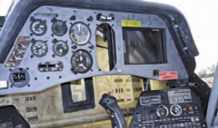
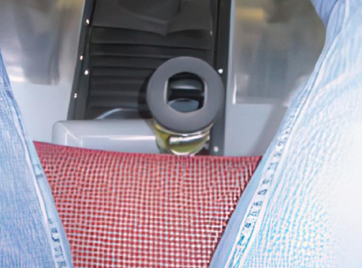
On the way to the field, fully loaded, I left the power setting at 50psi and 2,000 rpm until I reach 140 mph, then reduced it to 40 psi.
The aircraft ferried at that indicated airspeed, 140 mph. Approaching the field, I made the first few passes, with the spray system shut off, but with the power at 50 psi and 2,000 rpm. Of course, the aircraft handled very well and was scooting across the field at 150 mph. Next I reduced the power to 40 psi, but was still able to comfortably work the aircraft and spray 140 mph. By the time I worked the load down to 400 gallons, the turns were getting quick and the aircraft could be flown without too much concern for its load.
How did Thrush Aircraft lean this machine by 300 pounds and not sacrifice Thrush quality? To start with, improvements like a different fuselage that is not only lighter, but stronger, certified for a 10,500 pound gross weight aircraft. The 510 Thrush is the only aircraft in the factory’s fleet certified under CAM 8, allowing the pilot to determine the safe gross weight of the aircraft. That won’t be an issue with the 10,500 pound certified aircraft weight, along with the FAA certified 29,000-hour safe life for the wing spar cap backed by a 3,000-hour factory warranty. It will be darn near impossible to overload the aircraft. This means that the aircraft can be operated in any loaded condition within any airspeed limitation on the airspeed indicator.
The Needle Nose 510 Thrush has the new and improved hopper, using the latest vacuum-bagged design cutting unnecessary weight, saving over a 100 pounds. With the lighter, but stronger fuselage, the tailwheel strut that extends from the tailwheel spring into the fuselage is no longer needed, saving more weight.
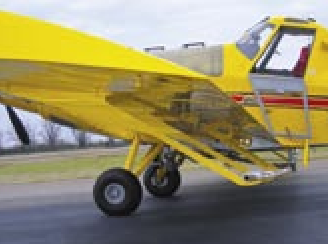
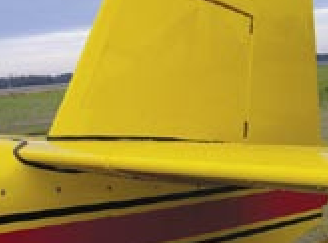
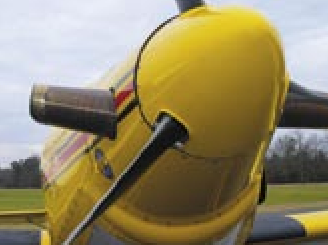
The engine mount is designed so that the aircraft is more aero dynamical, but also eliminates the need for extra ballast, saving another amount of pounds. More aerodynamic improvements include a fairing around the vertical stabilizer and under the wing boom brackets.
Of course, the Needle Nose comes standard with the ultra strong and proven tripod-style main gear and tailwheel spring. There’s even a new-design “crotch” vent for the powerful air-conditioner. Instead of freezing the hands of the pilot or blowing water condensation in his face, one of the five cockpit vents extends from below and front of the seat, blowing chilled air straight up (see photo).
Thrush Aircraft has filled a void that had created concerns within the industry, the lack of a Thrush with the reliable –34AG engine. Not every operator can justify the larger and more powerful PT6A-60 engine, or even the affordable TPE331-10. How would the less-than-500-gallon aircraft market be served by Thursh Aircraft? The answer is pretty plain to see. The all-new Needle Nose 510 Thrush, a favorite of mine!
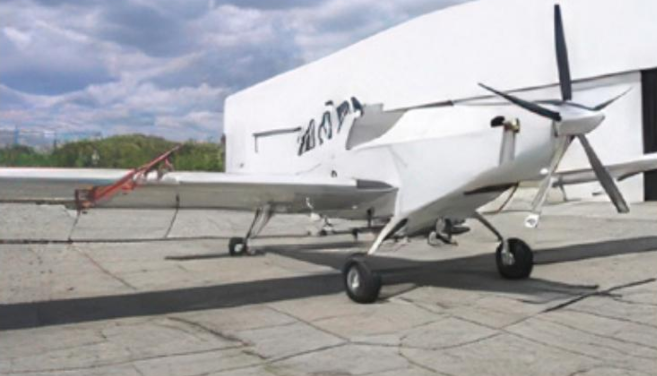
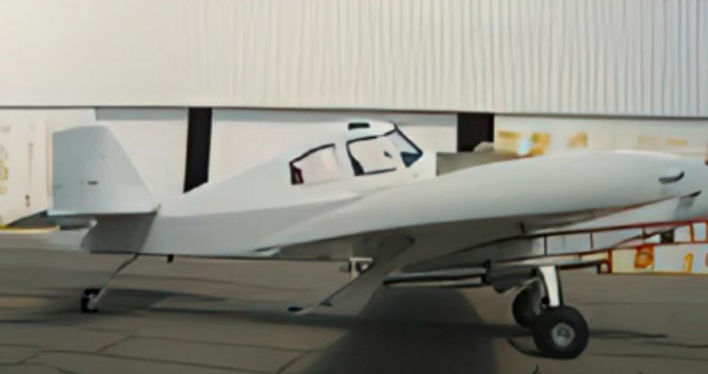
Author’s note: While I was visiting the Thrush factory recently, I was invited to fly the first dual cockpit T65-660. This has to be one big, intimidating machine, looking up at it from the ground. Get it in the air, and it becomes a docile but performing ag-plane. This particular aircraft was in the certification process and headed to Morocco. I took Thrush Aircraft President Larry Bay’s brother, Jody Bays, for an ag-spraying ride in the T65-660. Jody is a high-time Apache helicopter pilot (+3000 hours), but helicopter flying “ain’t” ag-flying. Of course, there wasn’t any enemy fire for us to deal with either!








